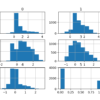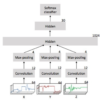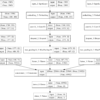Machine learning involves the use of machine learning algorithms and models. For beginners, this is very confusing as often “machine learning algorithm” is used interchangeably with “machine learning model.” Are they the same thing or something different? As a developer, your intuition with “algorithms” like sort algorithms and search algorithms will help to clear up […]









